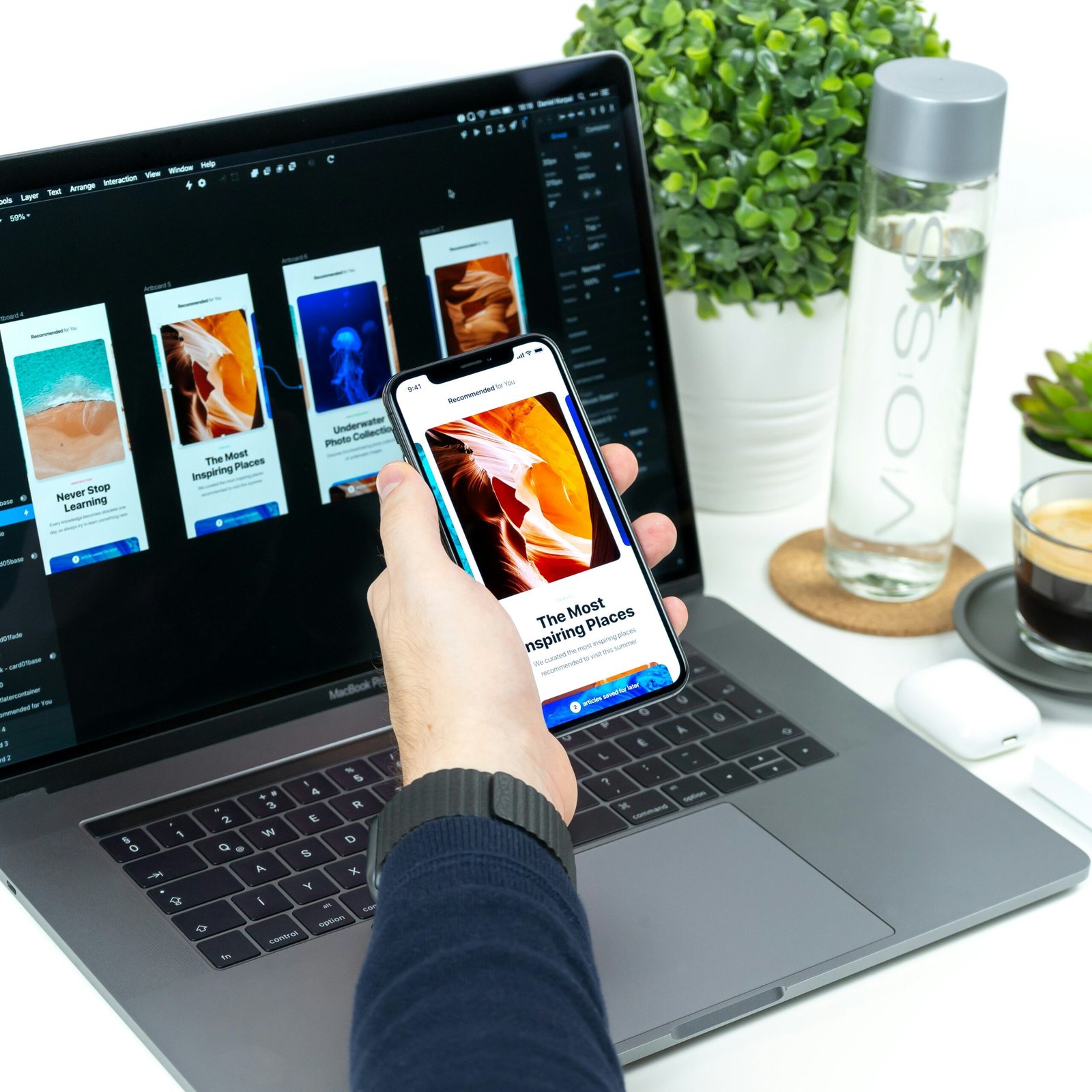In recent years, dark mode design has gained significant popularity among users and developers alike. Dark mode refers to a color scheme that uses dark backgrounds with light text and UI elements. This design trend has been adopted by various popular applications and operating systems, including social media platforms, messaging apps, and web browsers.
The Benefits of Dark Mode
Dark mode offers several benefits that contribute to user comfort and accessibility. Here are some key advantages:
Reduced Eye Strain
One of the primary reasons users are drawn to dark mode is its ability to reduce eye strain. When using devices for extended periods, especially in low-light environments, staring at a bright screen can cause discomfort and fatigue. Dark mode mitigates this issue by providing a softer and more comfortable visual experience.
Improved Readability
Dark mode enhances readability by increasing the contrast between text and background. The light text on a dark background improves legibility, especially for individuals with visual impairments or conditions such as dyslexia. This high contrast makes it easier to distinguish letters and words, reducing the likelihood of reading errors.
Extended Battery Life
Dark mode can also contribute to extended battery life, particularly on devices with OLED or AMOLED screens. These display technologies only illuminate the pixels that are necessary, meaning that displaying dark colors requires less power compared to bright ones. By using dark mode, users can potentially save battery life and enjoy longer usage times.
Implementing Dark Mode
When implementing dark mode design, developers should consider the following best practices:
Toggle Switch
Providing users with the option to switch between light and dark mode is essential. A toggle switch in the user interface allows users to choose their preferred color scheme based on their environment and personal preference. This feature empowers users and enhances their overall experience.
Consistency
Consistency is crucial when designing dark mode interfaces. Maintaining consistency across the application’s elements, such as text color, background color, and button styles, ensures a seamless and visually pleasing experience for users. It is important to test the design across different devices and screen sizes to ensure optimal readability and usability.
Accessibility Considerations
While dark mode can improve accessibility for many users, it’s important to remember that it may not be suitable for everyone. Some individuals with specific visual impairments or conditions may find it more challenging to read light text on a dark background. Therefore, it is essential to provide users with the option to switch between light and dark mode based on their individual needs.
Conclusion
Dark mode design has become increasingly popular due to its ability to enhance user comfort and accessibility. By reducing eye strain, improving readability, and potentially extending battery life, dark mode offers numerous benefits for users. Implementing dark mode with a toggle switch, maintaining consistency, and considering accessibility factors will ensure a positive user experience. As this design trend continues to evolve, developers should stay updated with best practices and user preferences to create visually appealing and accessible applications.











Leave a Reply